Best Scabiosa Companion Plants For A Healthy Thriving Garden
Title: Best Scabiosa Companion Plants for a Healthy Thriving Garden
Introduction:
Scabiosa, also known as pincushion flower, is a beautiful and versatile perennial plant that can add a touch of elegance to any garden. With its pincushion-like blooms in a variety of colors, scabiosa is a popular choice for cottage gardens, wildflower meadows, and borders.
In addition to its beauty, scabiosa is also a relatively low-maintenance plant that is easy to grow. It prefers full sun and well-drained soil, and it is drought-tolerant once established. Scabiosa is also deer-resistant, making it a good choice for gardens that are prone to deer browsing.
One of the best things about scabiosa is that it can be companion planted with a wide variety of other plants. By carefully choosing your companion plants, you can create a garden that is both beautiful and beneficial to the plants that you grow.
Main Content:
Here are some of the best companion plants for scabiosa:
- Lavender: Lavender is a classic companion plant for scabiosa. The two plants complement each other well in terms of color and texture. Lavender's fragrant flowers attract pollinators, which can help to improve the pollination of scabiosa flowers.

- Aster: Asters are another good companion plant for scabiosa. They bloom at the same time as scabiosa, and their daisy-like flowers add a touch of brightness to the garden. Asters also attract pollinators, which can help to improve the pollination of scabiosa flowers.
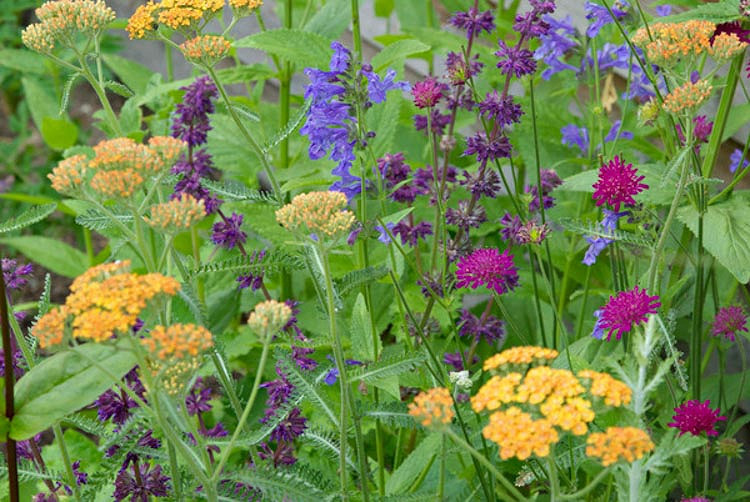
- Chrysanthemum: Chrysanthemums are a third good companion plant for scabiosa. They bloom later in the season than scabiosa, so they can help to extend the flowering season in the garden. Chrysanthemums also attract pollinators, which can help to improve the pollination of scabiosa flowers.
- Verbena: Verbena is a fourth good companion plant for scabiosa. It blooms in a variety of colors, so you can choose a variety that complements the color of your scabiosa flowers. Verbena also attracts pollinators, which can help to improve the pollination of scabiosa flowers.
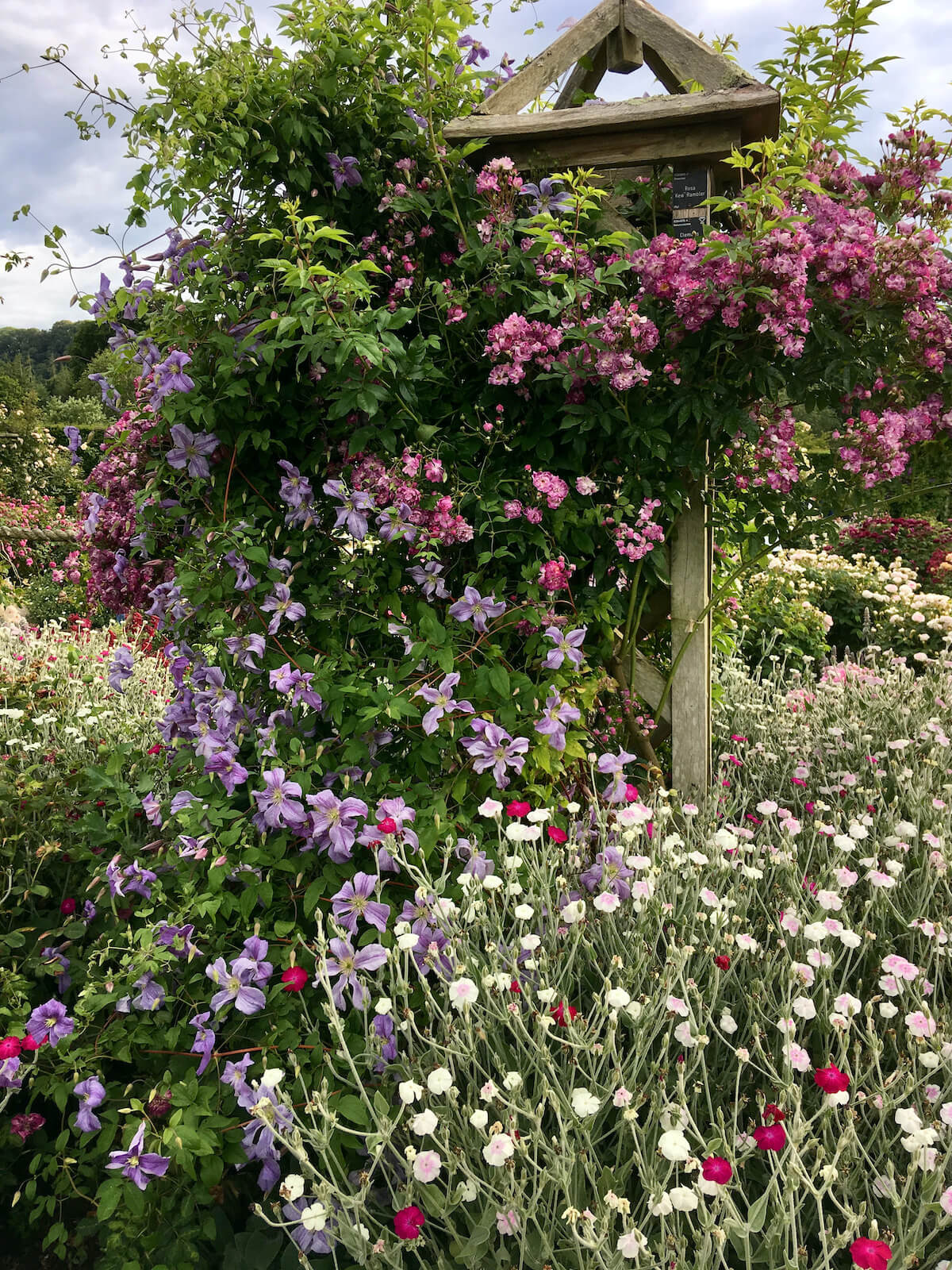
- Salvia: Salvia is a fifth good companion plant for scabiosa. It blooms in a variety of colors, and its tall spikes add height and interest to the garden. Salvia also attracts pollinators, which can help to improve the pollination of scabiosa flowers.

- Gaillardia: Gaillardia is a sixth good companion plant for scabiosa. It blooms in bright colors, and its daisy-like flowers add a touch of cheerfulness to the garden. Gaillardia also attracts pollinators, which can help to improve the pollination of scabiosa flowers.
- Echinacea: Echinacea is a seventh good companion plant for scabiosa. It blooms in late summer and fall, so it can help to extend the flowering season in the garden. Echinacea also has medicinal properties, and it can be used to treat a variety of health conditions.

- Delphinium: Delphinium is an eighth good companion plant for scabiosa. It blooms in tall spikes, and its bright colors add a touch of drama to the garden. Delphinium also attracts pollinators, which can help to improve the pollination of scabiosa flowers.

- Bellflower: Bellflower is a ninth good companion plant for scabiosa. It blooms in a variety of colors, and its delicate flowers add a touch of grace to the garden. Bellflower also attracts pollinators, which can help to improve the pollination of scabiosa flowers.
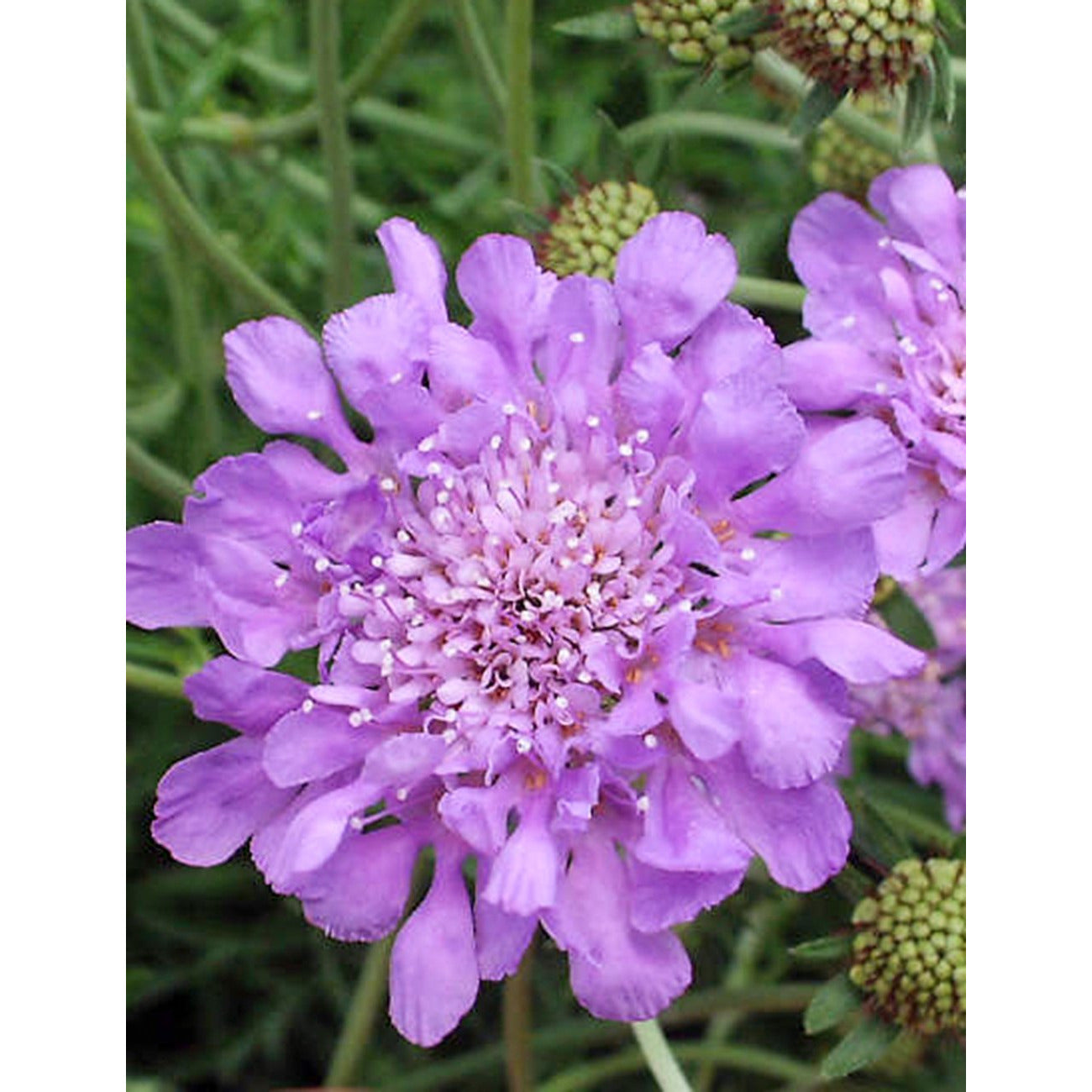
Conclusion:
By carefully choosing your companion plants, you can create a garden that is both beautiful and beneficial to the plants that you grow. Scabiosa is a versatile plant that can be companion planted with a wide variety of other plants. By choosing plants that complement each other in terms of color, texture, and bloom time, you can create a garden that is both visually appealing and functional.
- Salvias
- Sedum
- Low-growing roses
- Columbine
- Pinks
For more information about scabiosa companion plants, please visit Home Gardening.
FAQ of scabiosa companion plants
- What are some good companion plants for scabiosa?
Scabiosa is a versatile plant that can be paired with a variety of other plants. Some good companion plants for scabiosa include:
* Alyssum: This low-growing plant blooms at the same time as scabiosa and has similar flower colors. It helps to suppress weeds and attract pollinators.
* Salvias: Salvias come in a variety of colors and heights, so you can choose one that complements the color of your scabiosa plants. They also attract pollinators and deter pests.
* Sedum: Sedum is a drought-tolerant plant that can help to fill in the spaces between scabiosa plants. It also blooms for a long period of time, so you'll have flowers in your garden all season long.
* Roses: Scabiosa and roses make a beautiful combination. The pincushion flowers of the scabiosa add contrast to the large, showy blooms of the roses.
* Daylilies: Daylilies are another tall plant that can be paired with scabiosa. They bloom for a long period of time and come in a variety of colors.
- Where is the best place to plant scabiosa?
Scabiosa prefers full sun and well-drained soil. It can be planted in a flower bed, border, or container. If you live in a warm climate, you may need to protect your scabiosa plants from the hot afternoon sun.
- How long does it take for scabiosa to reach maturity?
Scabiosa takes about 90 to 100 days to reach maturity. It will start to bloom in early summer and continue to bloom until the first frost.
- How do I care for scabiosa plants?
Scabiosa plants are relatively low-maintenance. They need to be watered regularly, especially during hot, dry weather. They should also be fertilized once a month with a balanced fertilizer. Deadheading spent blooms will encourage more flowering.
- What are some common pests and diseases that affect scabiosa?
Scabiosa plants are susceptible to a few pests and diseases, including:
* Aphids: Aphids are small, soft-bodied insects that can suck the sap out of plants. They can cause leaves to wilt and deform.
* Spider mites: Spider mites are tiny, eight-legged arachnids that can cause leaves to turn yellow and drop off.
* Powdery mildew: Powdery mildew is a fungus that can cause a white, powdery coating to form on leaves. It can weaken plants and make them more susceptible to other diseases.
If you notice any pests or diseases on your scabiosa plants, you can treat them with insecticidal soap, neem oil, or other organic pesticides.
Image of scabiosa companion plants
- Lavender is a classic companion plant for scabiosa. Both plants prefer full sun and well-drained soil. Lavender helps to deter pests from scabiosa, and the two plants' blooms complement each other well.

- Yarrow is another good companion plant for scabiosa. It is drought-tolerant and can help to improve the drainage of the soil around scabiosa plants. Yarrow also attracts beneficial insects, which can help to control pests.

- Salvia is a colorful and drought-tolerant plant that can be a good companion for scabiosa. It blooms in a variety of colors, and its flowers attract pollinators. Salvia can also help to deter pests from scabiosa.
- Echinacea is a tall and showy plant that can be a good companion for scabiosa. It blooms in shades of purple and pink, and its flowers attract pollinators. Echinacea can also help to deter pests from scabiosa.

- Coneflower is another tall and showy plant that can be a good companion for scabiosa. It blooms in shades of yellow, orange, and red, and its flowers attract pollinators. Coneflower can also help to deter pests from scabiosa.
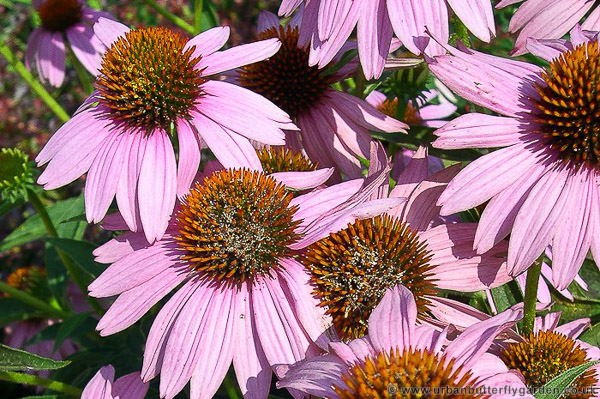
- Aster is a late-summer bloomer that can be a good companion for scabiosa. It blooms in shades of blue, purple, and white, and its flowers attract pollinators. Aster can also help to deter pests from scabiosa.
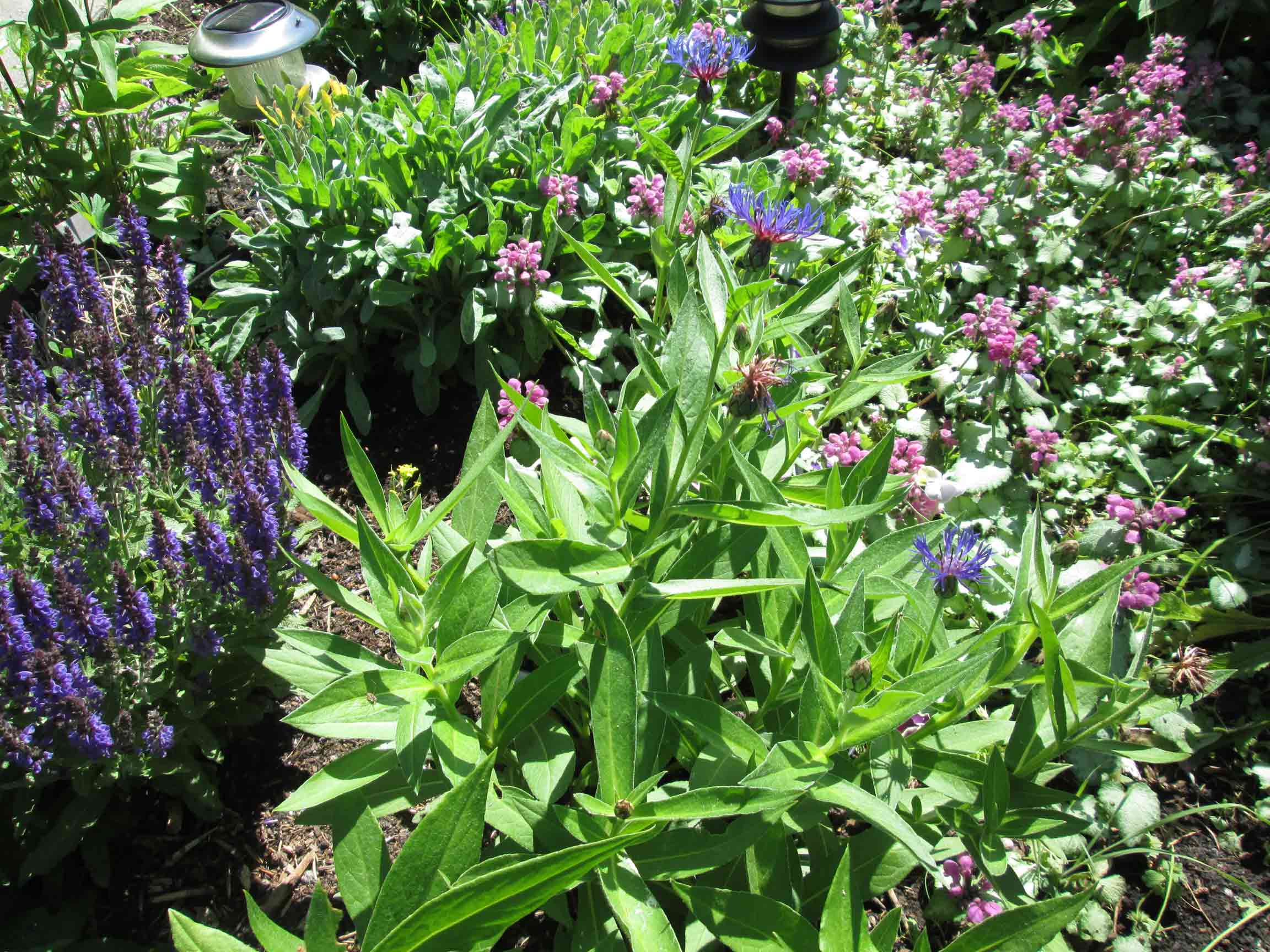
- Gaillardia is a colorful and drought-tolerant plant that can be a good companion for scabiosa. It blooms in shades of orange, red, and yellow, and its flowers attract pollinators. Gaillardia can also help to deter pests from scabiosa.
- Cosmos is a delicate and airy plant that can be a good companion for scabiosa. It blooms in shades of white, pink, and lavender, and its flowers attract pollinators. Cosmos can also help to deter pests from scabiosa.

- Sweet alyssum is a low-growing and fragrant plant that can be a good companion for scabiosa. It blooms in shades of white, pink, and purple, and its flowers attract pollinators. Sweet alyssum can also help to deter pests from scabiosa.
- Verbena is a colorful and versatile plant that can be a good companion for scabiosa. It blooms in shades of blue, purple, pink, and white, and its flowers attract pollinators. Verbena can also help to deter pests from scabiosa.

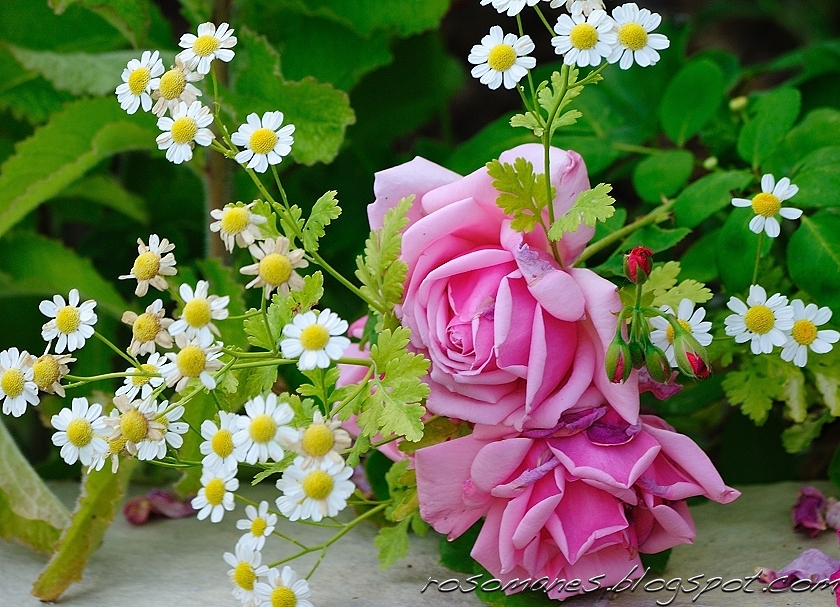
Post a Comment for " Best Scabiosa Companion Plants For A Healthy Thriving Garden"